 Preimplantation genetic diagnosis (PGD) is an important step for many couples that are having in vitro fertilization (IVF). The benefits of a PGD screen are numerous and should be considered carefully before an IVF cycle, particularly as it pertains to genetic disease prevention and gender selection.
Preimplantation genetic diagnosis (PGD) is an important step for many couples that are having in vitro fertilization (IVF). The benefits of a PGD screen are numerous and should be considered carefully before an IVF cycle, particularly as it pertains to genetic disease prevention and gender selection.
PGD is a procedure where the embryo is tested for a genetic abnormality from a couple that is known to have an abnormality in their family history. This procedure should not be confused with a preimplantation genetic screen (PGS), which is performed on an embryo to test for genetic abnormalities even though none is present in the family history of the parents but is usually associated with cases where recurrent pregnancy loss is a factor.
PGD has many benefits to couples in IVF concerned about genetic diseases, including:
- A preimplantation alternative to amniocentesis or chorionic villus sampling, procedures that can result in a diagnosis that leaves parents deciding whether to terminate the pregnancy
- The ability to help control the occurrences of some genetic diseases, including cystic fibrosis, Huntington’s disease, Tay-Sachs and others) until a cure is found for them
- An opportunity for couples with a known disease in their family history to feel more confident that they can have biological children without the risk of passing on the diseases to their progeny
In addition, PGD and PGS screens help patients reduce the amount of embryos they transfer in a cycle. Because the embryo is analyzed thoroughly, most patients feel that they have their best chance of conception using them. As a result, fewer patients feel the need to transfer more than two embryos, which greatly reduces the risks of multiples.
It is important to note, however, that just because a PGD or PGS screen was completed on an embryo, there is no guarantee that the embryo will implant, produce a viable pregnancy or enjoy 100 percent certainty that there are no genetic abnormalities. Most clinicians would still advise couples to complete a post-conception test to confirm the results of the PGD/PGS. It is, however, a good start and in most cases a good indication that all will be well with the transfer.
An additional benefit of PGD screening is that the sex of the embryo can be identified at that time. This enables parents to implant only embryos of their preferred gender, referred to as gender selection. While this practice is banned in some parts of the world, there are no restrictions for the practice in the United States.
Couples participating in IVF should consider the many benefits of a preimplantation genetic diagnosis or screen for their next cycle. With its ability to help prevent genetic diseases and help some families determine the sex of their child before implantation, it may be one of the most important tests your baby will ever take. For some couples, it could be the difference they need to make their dreams of family a reality.
Sources:
“PGD: What is Preimplantation Genetic Diagnosis.” www.fertilityauthority.com. Web. 6 May 2014. < http://www.fertilityauthority.com/fertility-treatment/pgd-what-preimplantation-genetic-diagnosis>
Dayal, Molina B. “Preimplantation Genetic Diagnosis.” Emedicine.medscape.com. 4 November 2013. Web. 6 May 2014. <http://emedicine.medscape.com/article/273415-overview>

